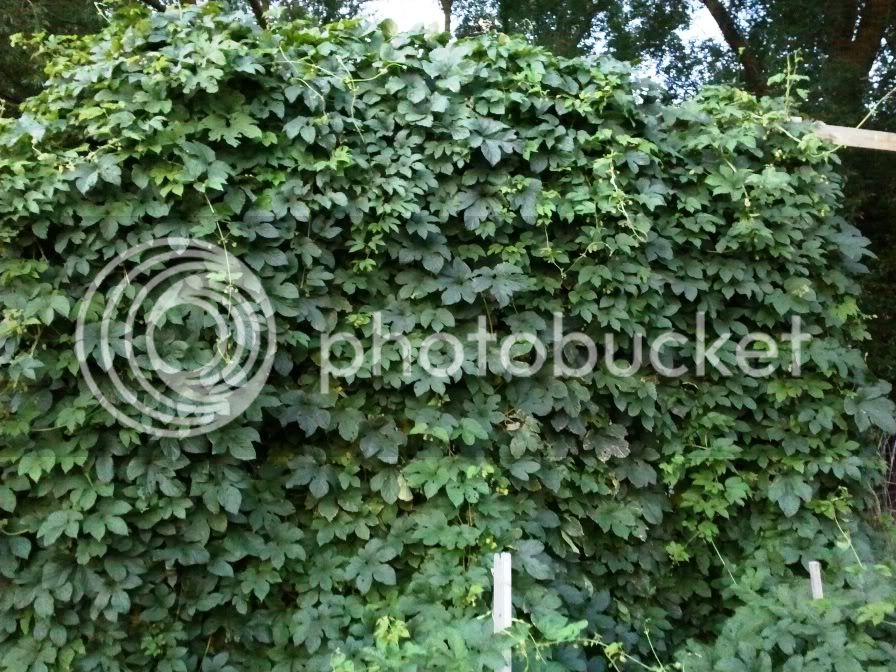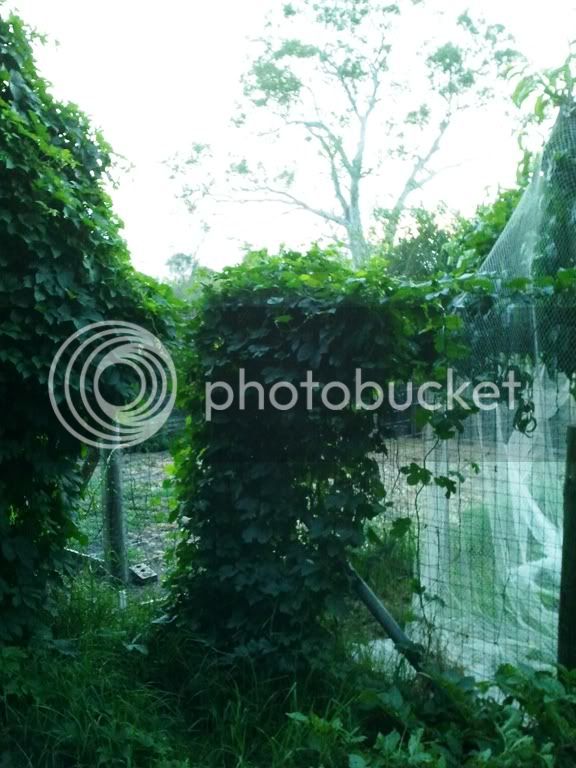These little buggers were found eating the leaves and flowers of one of the cascade plants yesterday:
View attachment 51469
They are a bit hard to see, but there were lots of small caterpillars that we collected and put into a glass.
Has anybody used any sort of pesticide or know of any "safe" ones that can be used? It would be a shame to get this far only to see them destroyed.
SWMBO is an avid gardener and was researching pest control, and came up with the following.
Collect said pest and grind up into a paste, add water and spray back on affected plant, she said it wasnt always 100% effective but was a good starting point and at least make you feel better.. dunno the science behind it but sounds cool anyway.
take that buggies :lol:
Molasses Spray
Dissolve one tablespoon of molasses into a litre of warm water.
Add one teaspoon of Sunlight dish washing liquid or other pure liquid soap
Spray regularly over the leaves of all plants attacked by caterpillars and other chewing pests. Caterpillars would rather starve than eat leaves sprayed with this mixture. It has also been used with success by some gardeners as a possum repellent and for the treatment of soil affected by root knot nematodes by doubling the concentration of molasses.
Chilli Spray
Small hot chillies (40-50)
2 litres of water
5 grams of pure soap flakes dissolved in hot water or a few drops of liquid soap
Puree the chillies and one litre of water together in a blender. Strain the mixture through a fine sieve and add the soap and the other litre of water. Spray this mixture undiluted on to plants.
This spray is a favourite with warm climate gardeners who have chillies in abundance almost year round. If you do not have a chilli bush you can substitute chilli powder or paste. Chilli spray is particularly effective against ants, aphids and other soft-bodied insects.
Garlic Spray
Three large cloves of crushed garlic
1 tablespoon of vegetable oil
One teaspoon of liquid soap
One litre of water
Combine the garlic and vegetable oil and leave to soak overnight. Strain and add to the litre of water along with the liquid soap. Spray regularly. Garlic in known for its antifungal and antibacterial properties, but it is its insect repellent qualities that most gardeners admire.
quoted from
HERE
















